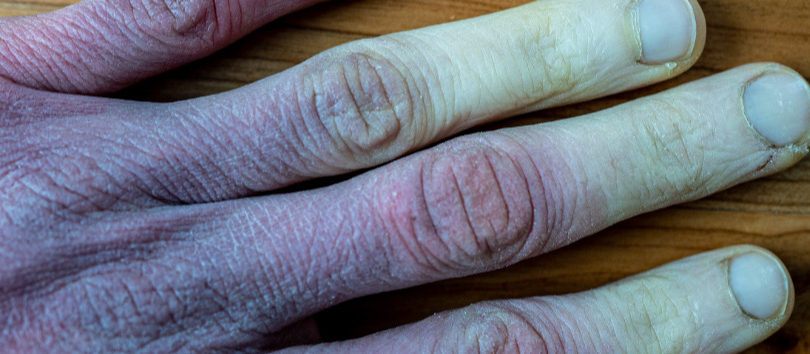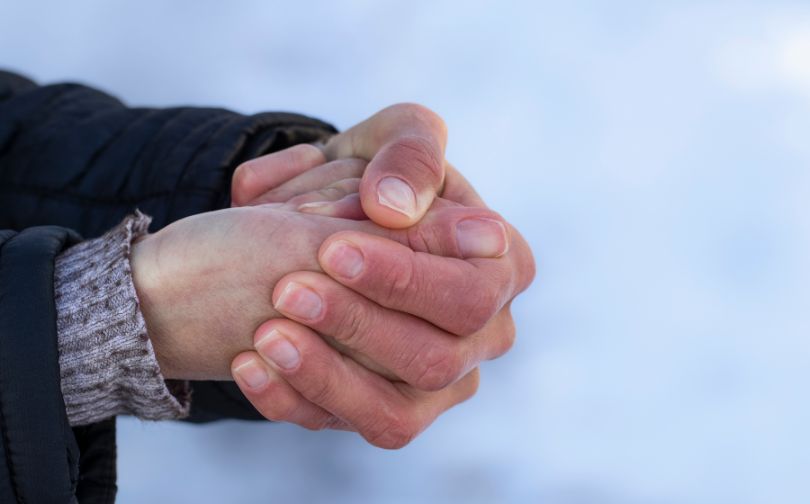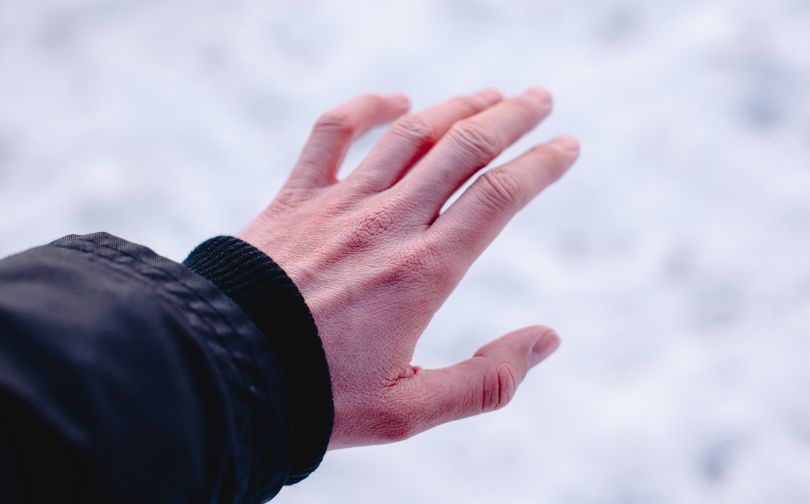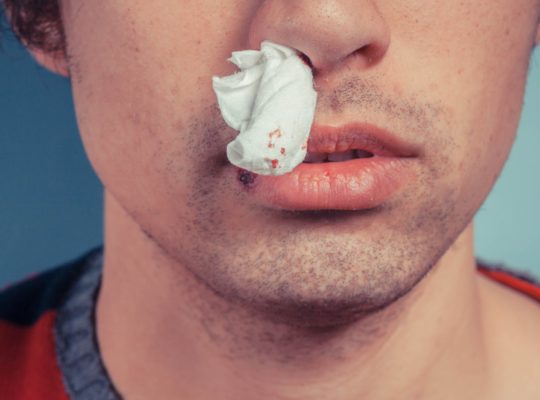Frostbite strikes quickly, often catching people off guard in extreme cold. Fingers, toes, noses, and ears are most vulnerable, leaving skin numb and potentially damaged if not treated immediately. For anyone who spends time outdoors in winter, understanding frostbite and knowing how to respond is essential.
Frostbite isn’t just about cold, though—it can lead to severe injury if ignored. Did you know frostbite can set in within minutes when temperatures plummet, especially if the skin is exposed? This quick onset makes it critical to recognize symptoms and begin care right away.
In this guide, we’ll walk through effective steps for first aid when frostbite occurs. From signs to look out for to safe ways to rewarm affected skin, this information will prepare you to act swiftly, keeping frostbite from causing lasting harm.
What is Frostbite?
Frostbite is a condition where prolonged exposure to the cold causes skin and other bodily tissues to freeze and die. Frostbite commonly affects the nose, fingers and fingertips, toes, earlobes, chin, and cheeks as they are often less protected from and less resistant to the cold. This article will help teach you how to treat frostbite with first aid techniques.
What Does Frostbite Look Like?
The visual effects of frostbite will change depending on the severity/progression of the condition. Frostbite usually starts with patches of red or other discoloration. The skin will then become extremely red, and begin to look waxy. After that, it will begin to turn white or black as the frostbite progresses. Swelling and blisters are a result of frostbite after the skin rewarms.
First Aid for Frostbite Treatment
First, seek medical care immediately. If possible, find medical help right away. It is much better to get to a doctor or medical professional as soon as possible. Due to the nature of frostbite affecting your ability to receive pain, it may be hard to distinguish which stage of frostbite you are experiencing, especially if the area affected is somewhere you are unable to see. If you believe or know you are only experiencing frostnip, medical attention is not necessary.
Second, find a way to restore warmth. If you are in a situation where you can warm up the affected area but are not able to keep the affected area from refreezing, do not warm it. This can cause further damage to the affected tissue.
Get out of the cold. Submerge the affected area in warm, not hot, water. Test the temperature of the water with an unaffected part of the body. If a part of your face is frostbitten, use a washcloth with warm water. Do not touch hot objects such as a radiator or put the affected area close to a flame as this could cause burns. Drink warm liquids.
Third, bandage the affected area. Apply sterile dressings, but do not use adhesive ones on the affected areas. Put gauze or clean cotton puffs between fingers/toes. Preventing affected areas from rubbing against anything, especially other skin will help prevent further damage. Rubbing the affected area can cause the damaged tissue to become displaced and impossible to restore to its original condition. These should be readily available in any first aid kit
If possible, immobilize the affected area with a splint, or prevent the affected area from moving to the best of your ability. The affected tissue is now extremely fragile and too much movement may damage the cells beyond the point where recovery is possible.
Frostbite Symptoms and Complications
The symptoms of frostbite will be generally ordered from earliest to latest signs:
- Patches of red or other form of discoloration (depending on the original complexion) on the skin
- A burning sensation in the affected area
- Numbness
- Muscle or joint stiffness
- Stiffness of the skin, or waxy-looking skin
- More severe changes in skin color (black, white, blue)
- Loss of nails
Once the skin begins to take on the later signs of frostbite, the following symptoms become much more likely:
- Infection
- Tetanus
- Gangrene (decay of tissue resulting from interruption of blood flow)
Stages of Frostbite
There are three stages of frostbite:
- Frostnip – This stage will not cause any significant damage to the body and should be recognized as a warning sign to prevent frostbite from progressing.
- The symptoms include numbness and some pain and tingling as the skin warms back up.
- The symptoms include numbness and some pain and tingling as the skin warms back up.
- Superficial Frostbite – This is the stage where medical attention becomes necessary. Superficial frostbite is when the upper layers of the skin have become affected, but the lower layers have not. A medical professional can address and treat superficial frostbite without lasting damage. If treated in the same way as frostnip however, the skin may become permanently discolored, and painful, fluid-filled blisters will appear.
- The symptoms of this stage include the same numbness as before, but with changes in skin color beginning to appear.
- The symptoms of this stage include the same numbness as before, but with changes in skin color beginning to appear.
- Deep Frostbite – This is the most severe stage and affects all layers of the skin and may also affect other tissues below the skin. A medical professional must treat you at this stage to prevent, or combat any subsequent infections, cases of tetanus, gangrene, and to hopefully prevent the need for amputation.
- The symptoms of deep frostbite are drastic changes in skin color, stiffness of or discomfort with joints or muscles, complete loss of the sensation of touch.
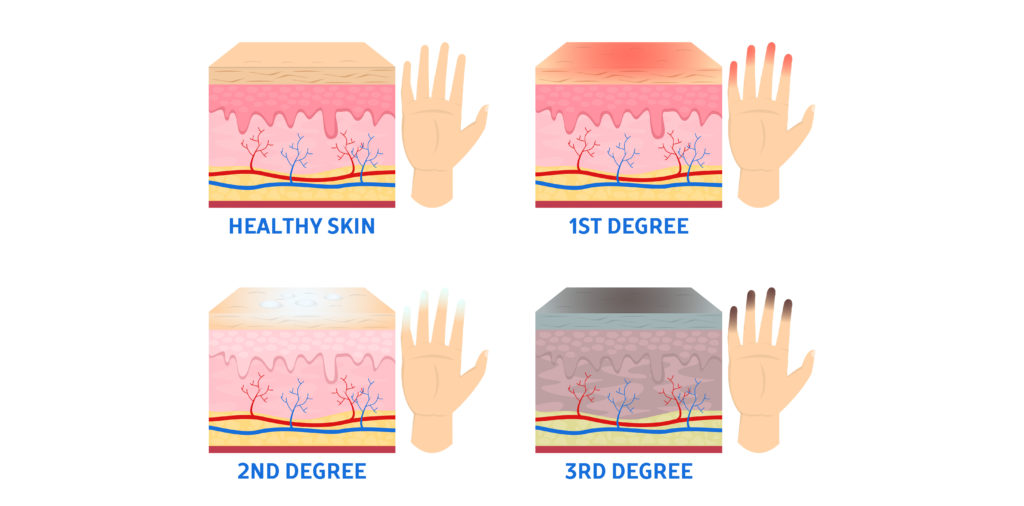
Frostbite Causes
Frostbite is caused by exposing the skin to extreme cold for extended periods of time. This exposure will cause the skin cells to freeze and die. Frostbite can reach areas under the skin, including the dermis, muscle, or tendon tissue if left alone. This makes recovery becomes extremely difficult, and often times amputation is necessary. Similarly, the cell death and lack of blood flow can cause infections such as tetanus or conditions such as gangrene.
Who Is Most at Risk for Frostbite?
The population most in danger of getting frostbite are homeless or impoverished people. Not having access to proper clothing, heat, or shelter puts people in these groups at the highest risk of getting frostbitten. On average, around 700 people in the US experiencing or who are at risk of homelessness are killed by hypothermia annually.
The next populations most at risk are the elderly, or any person suffering from conditions that cause poor blood flow, such as Raynaud’s, or peripheral vascular/artery disease. Conditions that impact the person’s ability to feel pain or reduce sensitivity to touch will also increase the risk of getting frostbite.
Frostbite Risk Factors
- Alcohol or drug use may cause a person to be unable to properly assess how cold they are, leading to over exposure to cold temperatures, or the user may fall unconscious outside
- Smoking can cause cardiovascular issues such as peripheral vascular/artery disease, or atherosclerosis which limit circulation.
- Fear, panic, or mental illness that impairs your judgment can prevent someone from seeking help or realizing they are experiencing frostbite.
- Previous frostbite or cold injury will make the affected areas more prone to frostbite.
- Being an infant or older adult, both of whom may have a harder time producing and retaining body heat
- Being at a high altitude, where there’s less oxygen, causing suboptimal organ function.
How to Prevent Frostbite?
Keep as much of your skin covered as possible and dress in several layers of warm clothing. The more layers of clothing you wear the more efficiently heat will be trapped, keeping your body warm for longer while also reducing the amount of energy your body needs to expend to generate that heat. Using handwarmers with gloves or mittens, for instance, is a great solution for people with poor circulation.
Don’t drink alcohol if you plan to be outdoors in cold weather. Alcohol can inhibit your ability to feel pain and the cold and moreover, impairing your cognitive abilities overall. This prevents you from recognizing the early signs of frostbite.
Eat well-balanced meals and stay hydrated. Your body needs food and water in order to generate heat and sustain bodily functions, thereby making it harder for you cells to freeze.
Limit time outdoors in cold, wet, or windy weather. The easiest way to avoid getting frostbite is to simply not expose yourself to the cold.
Wear a hat that fully covers the ears. Despite the coating of ear wax, ears have very little fat and are very thin, making them very susceptible to the cold. Wearing mittens instead of gloves can be helpful because the individual fingers of gloves provide more surface area to lose heat, while mittens allow the fingers to touch and share heat more evenly. However, either option is better than bare hands. Wear socks that provide insulation from the cold. Much like hands and fingers, toes and feet do not have much fat and generally have poorer circulation than the rest of the body, so keeping them covered and warm is very important.
Keep moving your body to stimulate blood flow. If blood is flowing then heat is being circulated throughout your body, keeping your internal temperature regulated through as much of your body as possible.
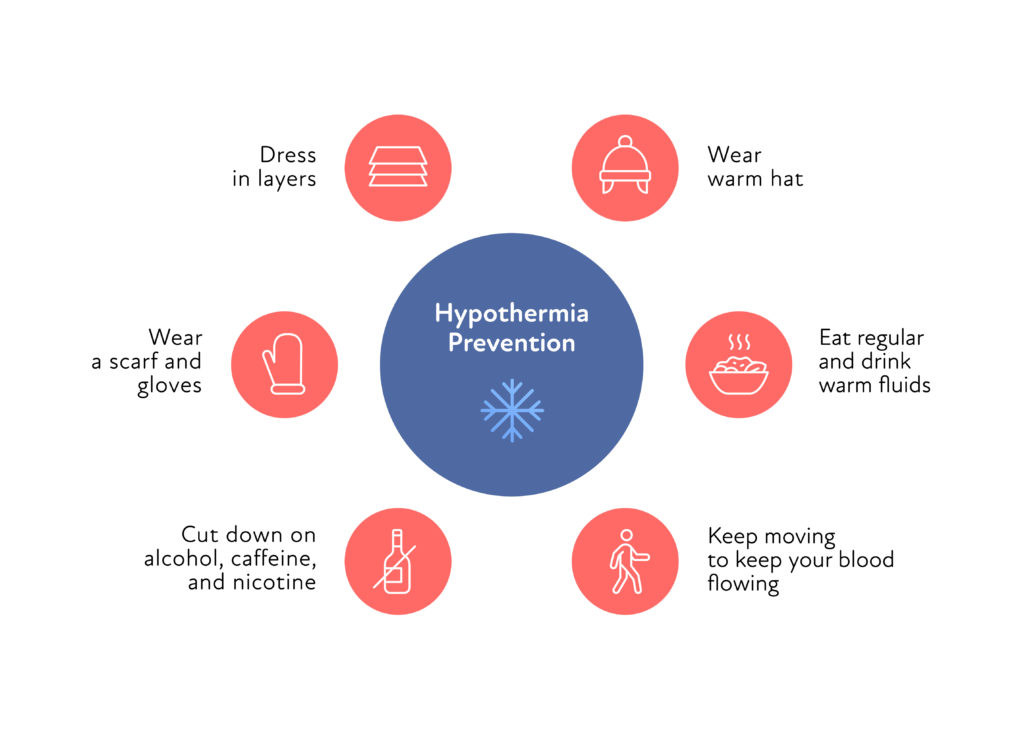
Watch for signs of frostbite. Quick action is the best way to prevent the more severe symptoms and consequences of frostbite.
Conclusion
Understanding frostbite and its treatment is essential for managing cold weather risks. This article breaks down the causes, stages, symptoms, and effective first aid steps to protect affected areas from severe damage.
Key takeaways include recognizing frostbite’s signs, from initial redness to more advanced stages where skin color and texture change. Immediate medical attention is critical for advanced cases, and specific measures like warming up the affected areas and applying sterile dressings can reduce further harm.
Taking preventive steps is just as vital. Staying covered, layering appropriately, and limiting alcohol can help avoid frostbite. Simple actions, like wearing insulated socks and mittens, can significantly reduce exposure and risk. With the right precautions and knowledge, frostbite can be managed effectively, keeping you safer during cold weather conditions.
FAQs
Can You Use Direct Heat To Warm Frostbitten Areas?
Avoid using direct heat sources, such as heating pads or open flames, to warm frostbitten areas. These methods can burn numb skin, causing further injury. Instead, use warm, dry compresses or body heat to gently rewarm affected areas without risking additional damage to the skin.
What Precautions Should Be Taken During Rewarming?
When rewarming frostbitten areas, ensure they will not refreeze. Refreezing can lead to severe tissue damage and complications. Gradually warm the affected areas using body heat or warm water, and monitor for signs of further injury. Seek medical attention if symptoms worsen or if feeling persists.
How Can Frostbite Be Prevented?
Prevent frostbite by dressing in layers to trap body heat and keeping dry. Limit exposure to extreme cold and wind, especially in vulnerable areas. Ensure proper insulation for extremities like fingers and toes, using gloves and warm footwear to protect against freezing temperatures.
What Role Does Hydration Play In Treating Frostbite?
Hydration is vital for treating frostbite as it helps maintain blood circulation and supports the body’s recovery process. Offer warm, nonalcoholic fluids during treatment to enhance hydration. This support can significantly aid in the healing process and reduce the risk of complications related to frostbite.

